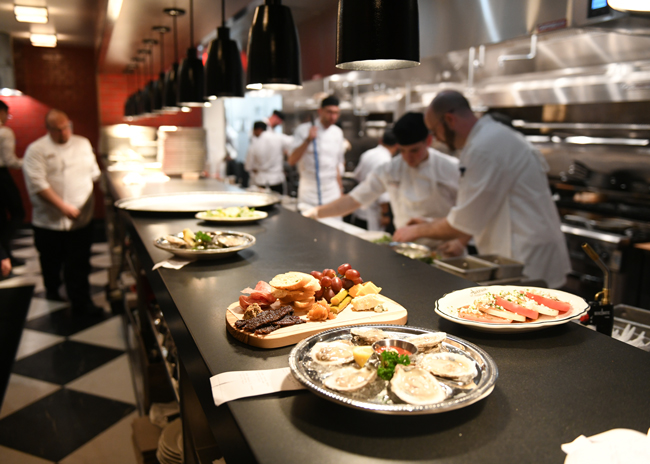Warewashing stations are best not overlooked, since functionality and efficiency are key.
Food safety has always been an issue with consumers, but with the recent Netflix documentary, “Poisoned: The Dirty Truth About Your Food,” the subject may jump back into the public’s consciousness.
White-collar workers are somewhat returning to urban office buildings and suburban corporate campuses, but no big shifts have occurred, which leaves those running foodservice offerings still figuring it all out.
There are a lot of lessons to be learned about the current and emerging crop of students soon to become Generation Alpha, which demographic experts say will be the largest group of foodservice consumers next to Millennials.
Restaurant operators have options when it comes to preserving food quality, which is not only important from a customer standpoint but also helps control food waste.
Healthcare foodservice directors look positively toward the future. This outlook goes hand in hand with alterations in the way they conduct business. Finding creative ways to hire and retain staff and implementing technology solutions to mitigate labor challenges and maintain menu quality consistency contribute to the new normal, as does supporting catering and events.
Arlin Wasserman, founder and managing director of Changing Tastes, a culinary and foodservice consultancy based in New York City, has seen some fairly niche trends that could make waves in the foodservice industry in the near future. Here’s a look at some of those trends and the coinciding equipment- and supplies-related implications.
Though parts of the country have experienced record-setting heat this summer, winter is coming. The time to start preparations for the colder months is here.
While chicken skins may be an emerging trend in the U.S., they have long been a staple snack in other countries.
Pint-sized restaurant concepts allow operators to open faster and serve the growing off-premises business.
Quality, variety and flexibility differentiate next-gen dining programs.
Due to both operators’ increased ability to customize this beverage’s sweetness and the availability of nondairy milk alternatives, market research firms project plenty of growth for the bubble tea segment in the coming years.
Whether designed as a front-of-the-house action station or back-of-the-house area for quick service, functionality and food safety are paramount with today’s sushi stations.
As the last stop before serving, expediting station design relies on efficiency, speed and space.
In today's increasingly conscious world, sustainability advocates say identifying the environmental, social and governance (ESG) issues material to your business and figuring out ways to address them can strengthen organizations in the long run.



















